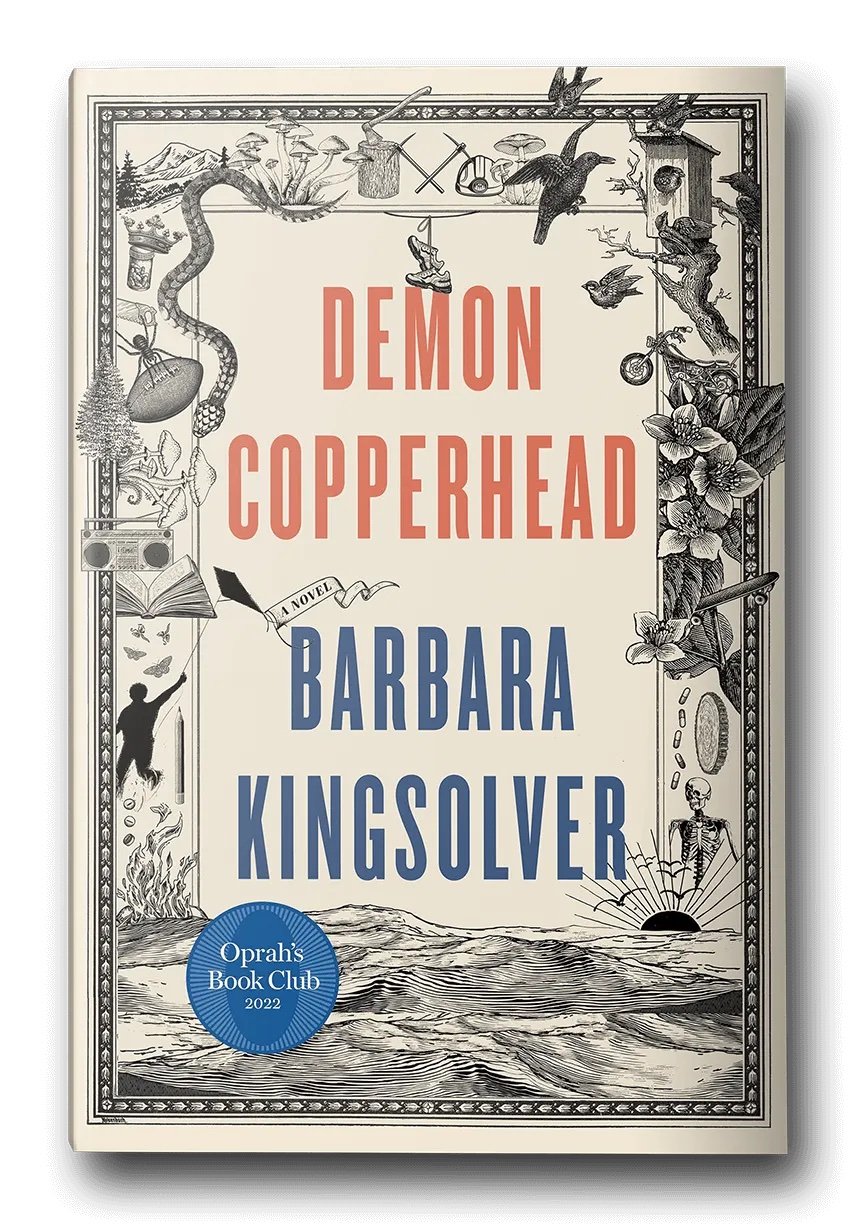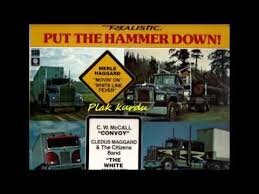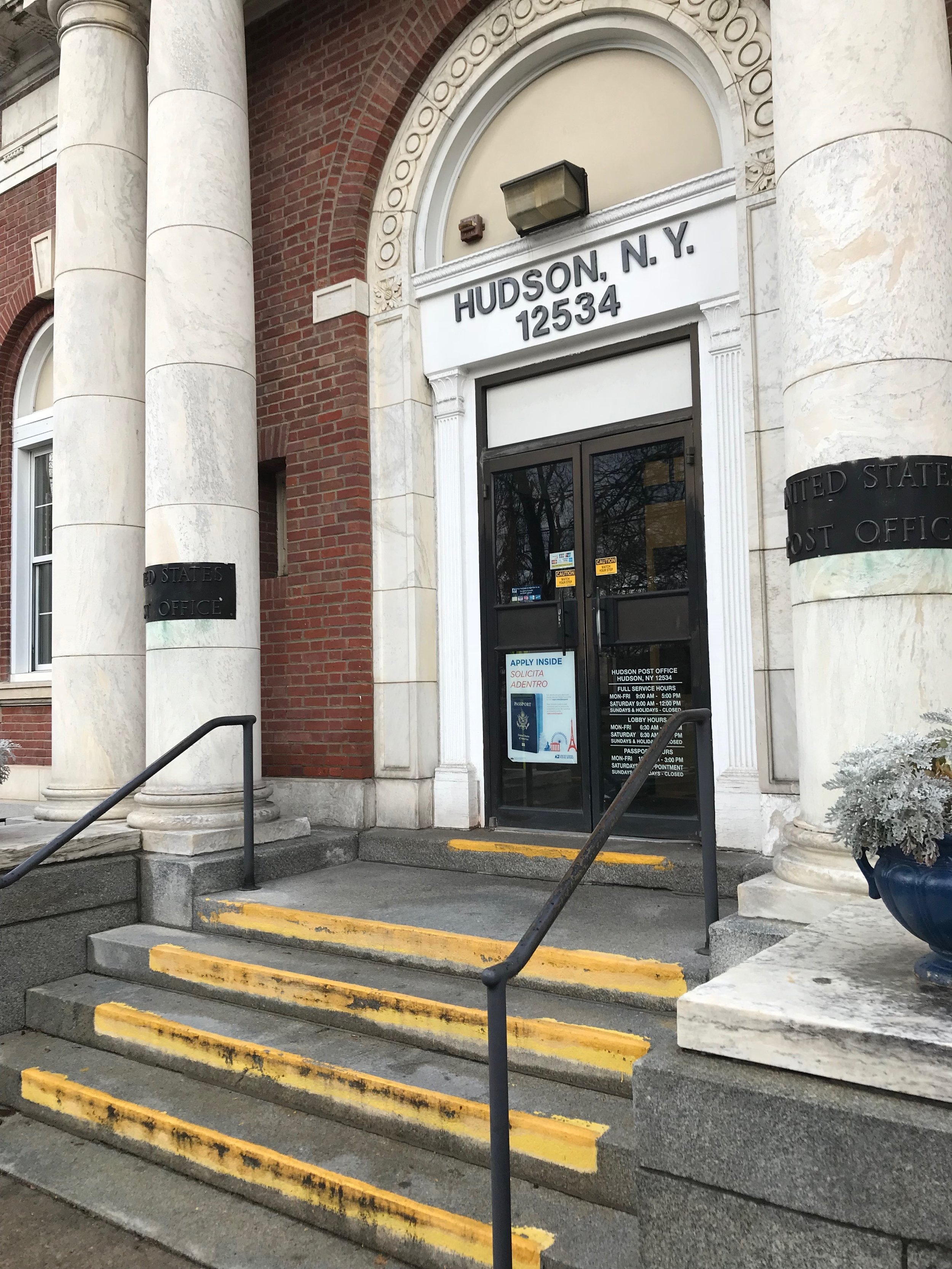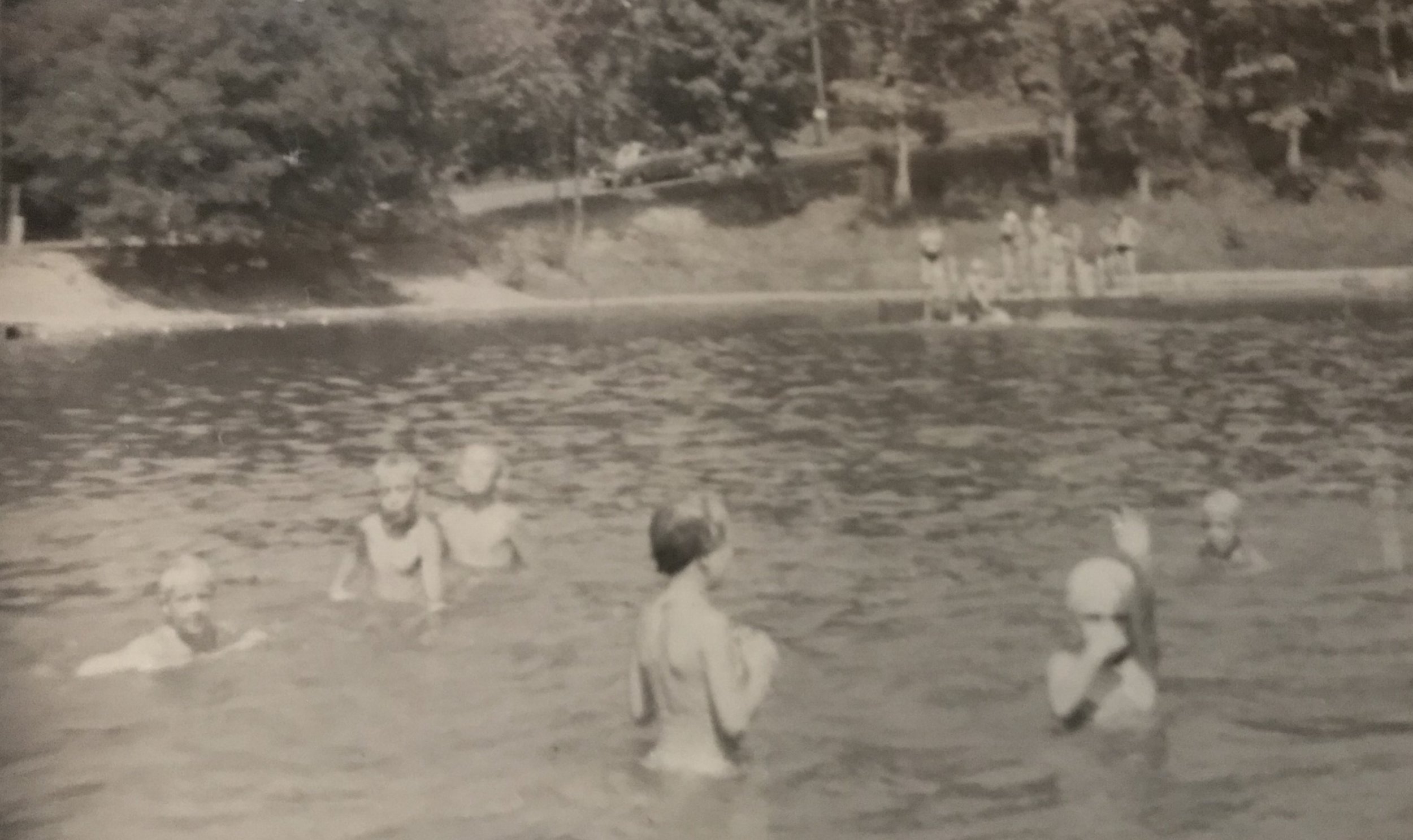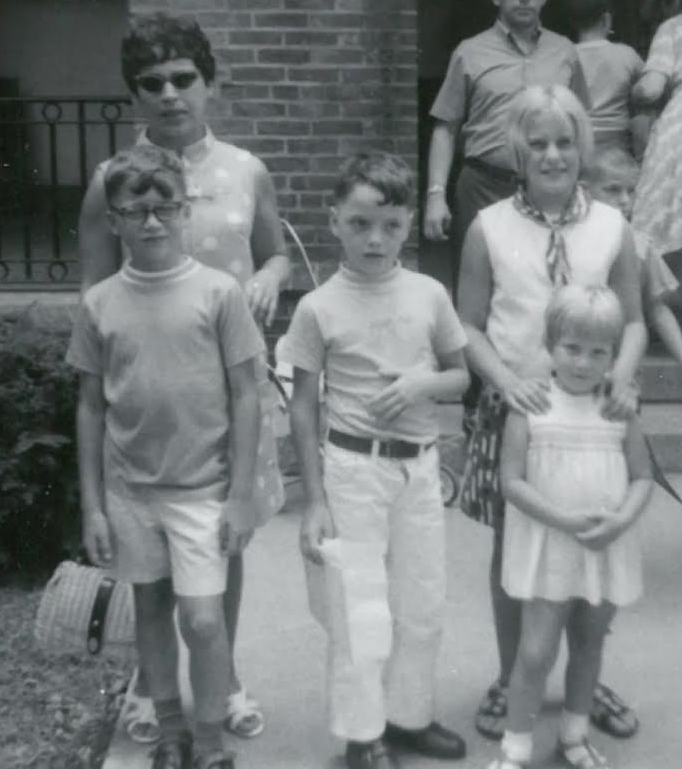Trestle Mania
There’s a 101-year-old train trestle that carries a CSX freight line over State Route 9 in Kinderhook in the northern end of Columbia County. That’s not a line from a Bruce Springsteen song but it could be because that trestle is a monument to the Boss.
Near the top of its concrete façade, someone has been painting lyrics from Springsteen songs for more than 40 years. I’ve often wondered why someone would risk death by train to accomplish this. The answer is unknowable, but I do know what the lyrics have meant to me.
As a student in the late 70s and 1980s, I drove north on Route 9 dozens of times on my way to and from Siena College near Albany. I don’t remember when I first noticed the lyrics. They were difficult to read as you sped by at 60 miles per hour but after a few trips, I recognized the song. Someone had rendered in white paint the words from Springsteen’s anthem of escape, “Thunder Road:”
“It’s a town full of losers, I’m pulling out of here to win.”
The trestle spans the last stretch of highway in Columbia County and as I passed under it, I felt like I was exiting the gates of a kingdom. The words above me seemed a damning declaration on its economic and social prospects. That was the reality of the times in the county, reflecting wider condition in the U.S. in the late 1970s and early 80s. Jobs were tough to find. Many of my Hudson High School classmates scattered across the country for college and work.
I felt lucky to stay home. After graduation I got a job as a reporter for the local newspaper, The Register-Star. I worked for a generous mentor and great newspaperman, Ray Kennedy. Ray later sold the paper and six years after landing that first job, I headed north on Route 9 for another newspaper job. The graffiti on the trestle had endured.
Today, Columbia County’s fortunes have changed for the better and so has the message on the same southern side of the trestle, which has become a concrete barometer of the mood of the county. Painted across the same façade are the lyrics of another Springsteen song, “If I Should Fall Behind.”
“I’ll wait for you, and should I fall behind, wait for me.”
The song’s a lovely proclamation of the need for patience and commitment in relationships in the face of real-life struggles. Like its predecessor, it reflects the mood – and to me, the urgent need -- of the America in a volatile time.
As I drive Route 9 north from my home in Columbia County, I am headed again to Siena, this time in a sensible Subaru Outback instead of a muscular Chevy Impala. I teach, among other things, the power of the written word. While I don’t encourage graffiti, I tell students that they can discover inspiration and insight in the damndest places.
Addendum: Here’s a tip of the cap to the anonymous trestle painter for mining a deep cut from Springsteen’s library. On the north-facing side of the trestle are lyrics from Springsteen’s semi-autobiographical song “Cautious Man:” “In a restless heart the seed of betrayal lay.” Great choice. But I still don’t endorse graffiti.



